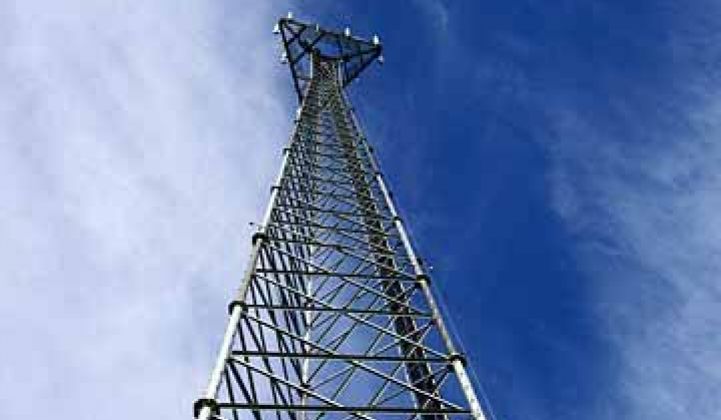Public carriers already work with utilities to provide back-end and commercial and industrial communications. So it would seem like a natural fit, now that the prices have plummeted, for cellular giants to be considered for smart meter and end-to-end systems.
At a recent press conference during GridWeek 2010, representatives from public carriers, including T-Mobile, AT&T, Sprint, Verizon, Rogers Wireless and Cellular South, joined with cellular cheerleader SmartSynch to make the case, again, for foregoing private networks when it comes to smart grid. But the message seems to be slow to catch on among utilities.
“There’s a perception that cellular is too expensive,” said John Horn, National Director of M2M for T-Mobile USA. “But that is wrong.”
The declaration of low prices, high bandwidth, and plenty of security comes as carriers forge relationships with smart grid companies, such as Sprint’s announcement on Monday that meter maker Itron and communications infrastructure company Ambient Corporation have also received Sprint network certification. This builds on last week’s news that Sprint will work with Grid Net to marry the Sprint 4G network with Grid Net’s software platforms.
At the same time, various PUCs have begun to question mesh as the go-to network. In Hawaii, HECO was asked to refile its smart grid proposal to make it more robust. The PUC also questioned the utility's choice of mesh without exploring other options more thoroughly. (Side note: many IT execs that have moved into the energy market are often stumped by the state of affairs, too.)
But with a foot in the back door and falling prices, there still has yet to be any large contracts for meter communications networks to use cellular. SmartSynch, which has partnerships with various cellular companies, has done a 10,000-meter trial with Texas-New Mexico Power and has won a contract to help the Tennessee Valley Authority with its renewable program, but it has not won contracts on the scale of those that have been secured by competitors like Trilliant and Silver Spring Networks.
SmartSynch won a pilot with Memphis Light, Gas and Water, but at the time of that announcement, Glen Thomas, supervisor of communications for MLGW, said the utility would still likely ultimately go with radio.
So what gives? If the cost has really gone from about $5 per meter per month in 2009 to pennies per meter per month this year, why are utilities still skeptical?
Thomas noted cost over the long run as the reason MLGW wasn’t sold on cellular, although Robert Gustin, Industry Solutions Manager for Utilities at Sprint, said that coverage was the first issue usually brought up in meetings with utilities. But coverage isn’t an issue, especially if companies form partnerships. “We can’t cover 100 percent of the country 100 percent of the time,” admitted Horn. “We need to look at this as a partnership.”
Another issue some execs have brought up is the way cellular networks and mesh networks are paid for. Utilities have to pay for cellular costs out of operating budgets. A mesh network is a capital expense that can be covered by a rate increase. Utility commissions are scrutinizing rate increases more closely, but the utility at least has a chance to recover all of their costs. Putting the two types of networks on equal footing will require a state-by-state administrative battle.
The panel argued that, as an industry, cellular companies have the solutions the utilities need. “This will be the day the entire cellular industry got together as one and stuck the flag in the sand,” said SmartSynch's Campbell McCool. “We just gotta get out and help utilities better understand that.”
Can the public carriers make their case fast enough for a slow moving industry to make Stephen Johnson CEO's prediction that no one would ever buy another mesh network two years from now.



